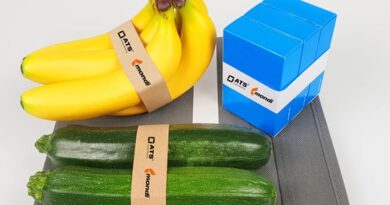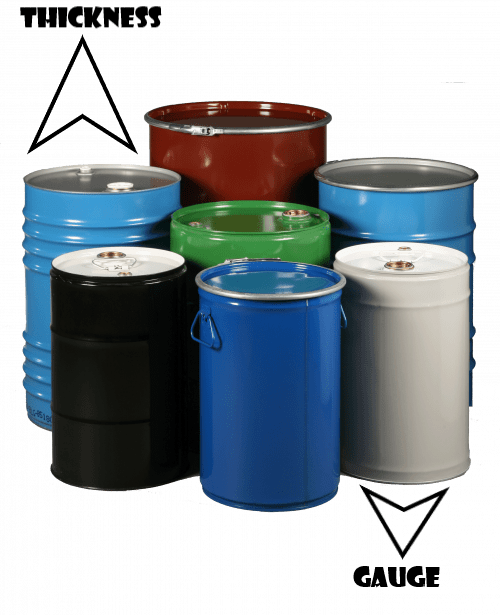Say Goodbye to Cockling: Tips for Protecting Your Paper Label & Release Liners
During the rainy season and high humid areas, we found that the pasted labels on the boxes have some wrinkles and creasing issues; that issue is named cockling.
Insight View
We are happy to share the secret with you on how to control cockling of label paper, a common issue faced by many user industries. Based on many company experiences and outcomes, sharing their story and tips & tricks. Through this article, our purpose of providing you with a comprehensive guide to preventing cockling.
What is Cockling of Paper Release Liners?
During rainy or high humidity seasons, absorption is the inherent nature of paper, due to this paper absorbing the moisture and expanding in all directions. The expansion causes inconsistency and is seen as swell and curl up. When the user peels the release liner and pastes it into the packaging material, it shows the cockling effect after some time. It is a significant issue for the paper user and manufacturing industry, as it can result in wastage, quality issues, and loss of revenue. It is most typically observed in label paper-release liners made of silicone or polyethylene.
Causes of Cockling
Other factors contributing to cockling include improper storage, exposure to high temperatures, and poor handling practices.
Preventing Cockling of Paper Release Liners
Based on several tips & tricks, developed several effective methods to prevent cockling of label paper release liners. Here are some tips that you can follow to avoid cockling:
- Control the humidity: The considerably effective way to prevent cockling is to control the humidity levels in your production area. Use dehumidifiers or air conditioning to maintain the humidity levels between 40-60% where the paper-based packaging material is stored.
- Proper storage: Store paper-release liners in a dry and cool area, away from direct sunlight and heat sources.
- Handling practices: Handle paper release liners carefully, avoid creasing or folding them, and cover them with plastic liners.
- Use plastic-based release liner: Using a release liner specifically with the plastic makes it difficult to enter the humidity from the liner side.
- Using laminated paper label: Using Lamination over the label to control the humidity in the paper.
- Special Adhesive for the Paper Label: Many companies provide labels for the high humidity and rainy season without cockling issues.
- Testing: Regularly ensure the paper release liners are not cockling. This will help you identify any issues early on and take corrective action.
Cockling of paper release liners is a common issue faced by many in the paper manufacturing industry. However, with proper precautions and preventative measures, it can be avoided. We hope the tips and suggestions in this article will help you avert cockling and improve the quality of your paper-based products.






